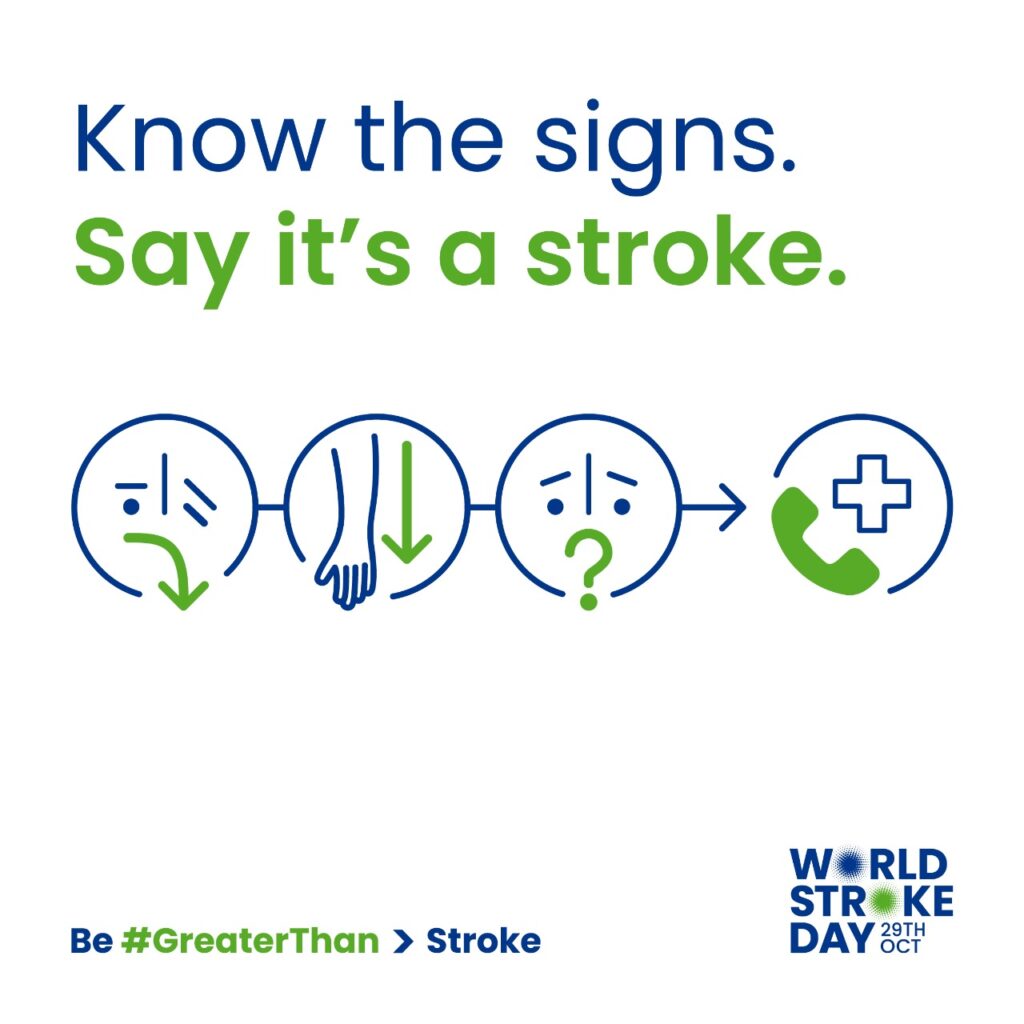OdishaPlus Bureau
Stroke, which has become a major cause of death & disability globally, warrants right interventions at the Policy, Health Facility & Community Level
The Global Stroke Alliance Meeting held from September 8-10, 2023 at New Delhi India, signed a declaration pledging to reduce stroke deaths worldwide by 2030. The alliance acknowledged that “cerebrovascular diseases, such as stroke, are among the leading causes of death worldwide and that stroke may be prevented and treated using measures that are both evidence-based and cost-effective strategies”.
The alliance acknowledged that “cerebrovascular diseases, such as stroke, are among the leading causes of death worldwide and that stroke may be prevented and treated using measures that are both evidence-based and cost-effective strategies”.
Thus, “the alliance decided to coordinate efforts to support the creation and implementation of public policies that are efficient, integrated, sustainable, and based on evidence for the treatment and prevention of stroke & its risk factors”.
The Global Stroke Alliance, which saw participation of ministerial representatives, country representatives of various countries, World Health Organization, and World Stroke Organization and other stakeholders expressed concern over the issue of rising stroke deaths globally. A 15-pointer Global Stroke Declaration was signed reinforcing the commitment to reduce deaths due to stroke.

“Highlighting that the cooperation among countries joining health managers, specialists, stroke support organizations, societies and public-private partnerships for facing stroke is inserted in the implementation framework of the Sustainable Development Goals of the United Nations’ 2030 Agenda, that proposes collaboration for reducing, until 2030, premature death by noncommunicable diseases by means of prevention and treatment, and for promoting mental health and well-being”, says a blog published by World Stroke Organization, after the event.
The alliance partners elaborately discussed on the global public health issue and resolved to align with the “Global Action Plan for the Prevention and Control of Non-communicable Diseases (NCD) 2013-2020 of the World Health Organization, which seeks to reduce the number of preventable deaths from chronic diseases to 25% by the year 2025.”
As a step ahead, “the 15th World Stroke Congress (WSC 2023) will assemble the international stroke community to work together to reduce the burden of stroke by delivering improvements in prevention, treatment and recovery.”
At this global event, the stakeholders & participants will connect to a global network committed to provide quality stroke care through skill-building and high-quality research contributing towards a stroke free society. The World Stroke Congress 2023 promotes the theme ‘One World, One Voice for Stroke’.
The World Stroke Organization, which is a global body solely focused on stroke has around 90 society and 3000 individual members globally. It represents over 55,000 stroke specialists in clinical, research and community settings.

Stroke is a cerebrovascular disease. This indicates that it has an impact on the blood arteries that carry oxygen to the brain. Damage could begin immediately if the brain does not get enough oxygen.
The Global Stroke Alliance Declaration Highlights:
- To provide education to the population on the symptoms of stroke, treatment urgency, risk factors and their control;
- To promote safe and healthy environments for the practice of physical activity;
- To implement policies to control smoking, to stimulate healthy food intake and physical activity, to reduce sodium intake, alcohol abuse, and to control weight, with the aim of reducing the incidence of cerebrovascular and cardiovascular diseases;
- To implement strategies for the detection and treatment of the main cardiovascular risk factors, which are hypertension, diabetes, hyperlipidemia and atrial fibrillation.
- To organize the pre-hospital care to prioritize the patient with stroke;
- To prioritize the structuring of Stroke Centers:
- To organize Stroke Units with a defined physical space and a trained multidisciplinary teams;
- To implement evidence-based acute treatments (thrombolysis and thrombectomy);
- To provide access to exams for minimal etiological investigation (neuroimaging and cardiac diagnostic tools);
- To promote the prescription of secondary prevention treatments at the hospital discharge and also continuous availability of these drugs;
- To promote smooth and coordinated transition between hospital and post-hospital care, covering clinical, social and rehabilitation needs
- To stimulate the use of telemedicine in hospitals without specialist stroke clinicians, 24 hours a day, 7 days a week, to advise on acute treatment.
7. To increase access to rehabilitation (in-hospital and post-discharge);





























